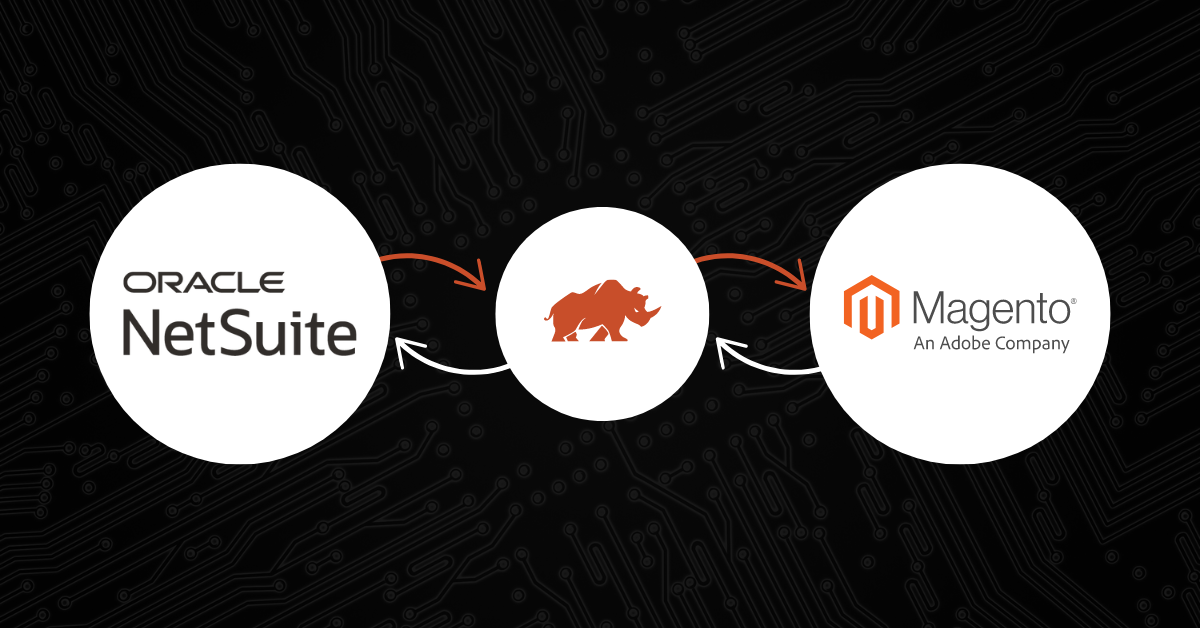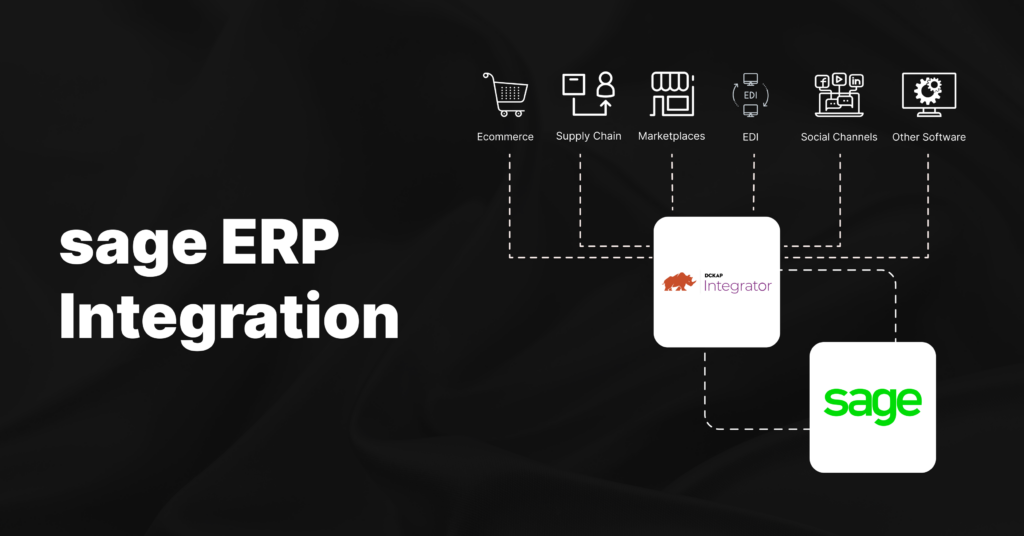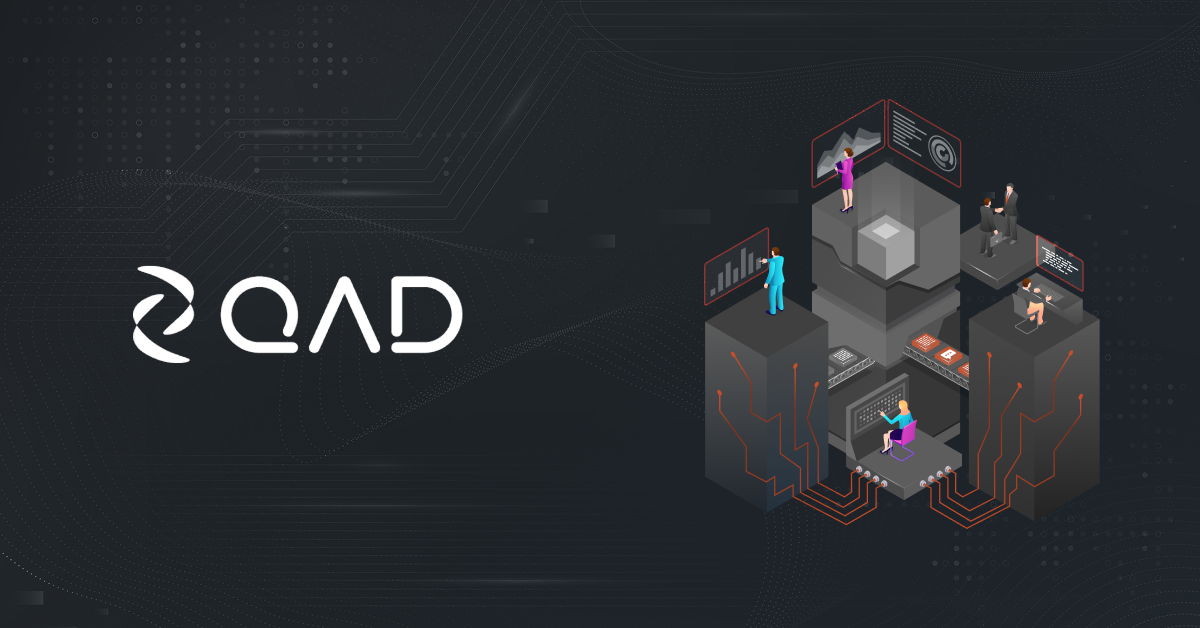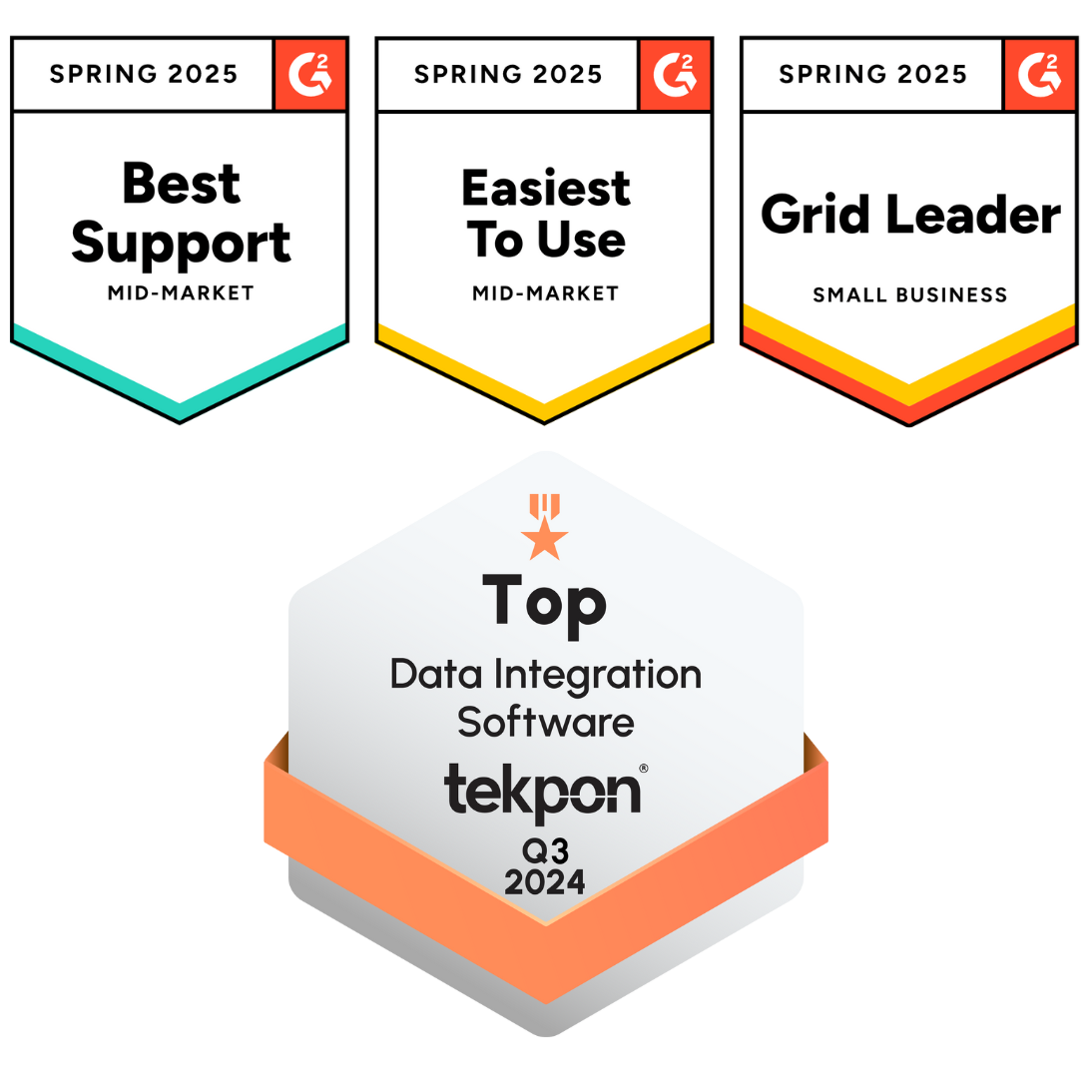When running a growing Magento ecommerce store, managing multiple systems can feel like juggling too many things at once. That’s where integrating platforms like an ERP (enterprise resource planning), such as NetSuite, comes into play. It’s not just about convenience, it’s about ensuring your processes are smooth and connected.
With NetSuite Magento Integration, you gain a clear view of your operations, reduce manual errors, and keep things running efficiently. For anyone looking to scale without the headache of disconnected systems, this integration could make all the difference.
Methods of NetSuite Magento Integration
1. Connectors
Several vendors offer pre-built connectors designed specifically to integrate Magento and NetSuite ERP. These connectors come loaded with features and functionalities that make the integration process much easier. Although they can be expensive, they’re still more affordable than custom-built integrations.
Businesses can subscribe to these services and pay a monthly fee, making it a convenient option for ecommerce merchants who don’t want to deal with technical setup. It’s a solid choice if you want many features without the complexities of building everything from scratch.
2. Custom Integration
Custom integration is a more tailored approach, where a direct connection is built between Magento and NetSuite through APIs or custom code. It depends heavily on the unique complexity of the business, the specific needs of different modules, and how much scalability is required.
Custom integration can be costly and is only practical for businesses dealing with complex scenarios. A downside to this method is that whenever your business grows or needs to scale, you’ll need to modify the custom integration. It doesn’t adapt automatically. But if you’re after a highly personalized integration experience, this is the way to go.
3. iPaaS Solutions
This method is ideal for manufacturers and distributors, offering a complete integration solution. With iPaaS (Integration Platform as a Service), the vendor provides all necessary services, so you don’t need to maintain a tech team just to handle the integration. It’s a low-code budget-friendly option, offering scalability, flexibility, and strong integration capabilities.
The key difference here is that iPaaS acts as a third-party middleware, managing the connection between Magento and NetSuite. You can rely on it without putting in too much money or effort, making it a great solution for businesses that want a hassle-free experience.
Also read: Adobe Commerce (Magento) NetSuite Integration
How To Pick The Right Method For Integration
Choosing the right method for integrating NetSuite and Magento can be challenging, especially with multiple options available. It’s easy to feel overwhelmed, but here’s a simple way to figure out what’s best for your business.
1. Understand The Challenges First
It’s important to acknowledge the common challenges of integrating two different systems. One of the biggest hurdles is automating the flow of data between platforms without causing issues like silos or security concerns. Having an expert integration service can help overcome these challenges and ensure a smooth transition. Keep this in mind as you evaluate your options.
2. Consider The Complexity Of Your Business
If your business has many complicated processes or unique needs, custom integration might be your best bet. This method gives you the freedom to build exactly what you need, addressing specific workflows and processes. But remember, it’s also the most expensive option. So, if you don’t have very complex requirements, this might not be necessary.
3. Evaluate Your Business Growth
How fast is your business growing? Are you seeing a large increase in customer data, orders, and products? If so, scalability is key. You’ll need an integration approach that can grow with you. An iPaaS solution, for example, offers scalability and flexibility, making it ideal for businesses that are expanding quickly.
4. Know Your Business Type
Is your business B2C (business-to-consumer), B2B (business-to-business), or B2G (business-to-government)? The type of business you operate will affect your integration needs. For instance, B2B businesses might need stronger integration with suppliers, while B2C might focus more on streamlining the order process. Consider how complex your supply chain and order management are when choosing the method.
5. Assess Your Technical Expertise
Do you have a tech team in place to handle the integration project? If not, this will influence your decision. Custom integration often requires a lot of in-house developers or hiring additional help, which can increase the cost. If you don’t want to manage the technical side of things, going with a SaaS-based connector or iPaaS solution might be easier and less resource-intensive.
6. Set A Realistic Budget
What’s your financial limit for the integration? Custom solutions can be costly, and if your business doesn’t have the budget for ongoing changes, it might not be worth the investment. SaaS connectors come with a monthly fee, while iPaaS is typically more budget-friendly. Weigh the cost against the benefits to make the right choice.
Also read: Magento EDI Integration Explained [Steps + Benefits + Use Cases]
Top Features Of NetSuite Magento Integration
Here are the top features of NetSuite Magento integration:
Unified Inventory View
With this integration, you can track all your inventory across your Magento store in one place. This helps you avoid situations where you might sell items you don’t have or miss out on sales due to stock shortages.
Effortless Order Management
Every time a customer places an order, the details automatically sync between Magento and NetSuite. This makes sure your order management runs smoothly without any manual effort.
Streamlined Shipping Experience
When an order ships, real-time tracking information is sent to your customers. This makes the entire shipping process transparent and keeps customers happy with constant updates.
Centralized Product Information
All your product details like pricing, descriptions, sizes, and colors are organized and consistently updated across your store. Customers always get the accurate information about your products.
Quick Refund Handling
Processing refunds becomes faster, as all return and refund requests instantly sync with NetSuite. This speeds up the process, giving your customers a better experience.
Improved Operational Efficiency
The integration helps you stay on top of important business actions like canceled orders, price updates, and discontinued items, ensuring all changes are reflected instantly.
Simple Setup And Customization
Deploying this integration is easy and doesn’t require complicated steps. You can also customize it based on your business needs, without much hassle.
Personalized Functionality
You can adjust NetSuite’s features and workflows to align with your specific business processes. This makes it a flexible tool that grows with your company.
Real-Time Business Insights
The integration gives you a clear, real-time view of your business, keeping you updated on order status, fulfillment, and more. This level of visibility helps you manage things better.
Also read: NetSuite EDI Integration Explained [Methods, Benefits & Steps]
Common Issues and Solutions in NetSuite Magento Integration
Difficulty Identifying At-Risk Accounts
- Issue: It’s hard to spot customers who are late with payments, which can harm your cash flow. Without clear visibility into at-risk accounts, collecting overdue invoices becomes a challenge.
- Solution: Implement automation tools that sync real-time payment data from both Magento and NetSuite. This will allow you to quickly identify and focus on recovering high-value overdue payments.
Inefficient Manual Payment Reminders
- Issue: Manually sending payment reminders takes a lot of time and often leads to mistakes. NetSuite doesn’t fully automate these reminders, requiring you to send each one manually.
- Solution: Automate this process by using scripts or third-party integrations. Automated reminders save time, eliminate errors, and ensure timely communication about overdue invoices.
Lack Of Centralized Data For Communication
- Issue: Without a single source of real-time data, it becomes hard to track customer interactions and invoices. This can lead to communication delays and data errors, making account management inefficient.
- Solution: Centralize your customer and invoice data in one system that updates in real-time. This will make information easily accessible, ensuring accurate and seamless customer communication.
Complicated Dashboard Layout
- Issue: NetSuite’s dashboard can be overwhelming, making it difficult for users to quickly find important data. A cluttered interface can slow down processes and lead to data misinterpretation.
- Solution: Customize the dashboard to be more user-friendly by displaying only the most relevant information. A simplified, tailored dashboard will improve day-to-day tasks and reduce errors.
Feature Limitations And Restrictions
- Issue: NetSuite imposes limits on some features, such as the number of emails sent at once or the number of dunning levels, which can cause delays in customer communications and cash collections.
- Solution: Work around these limits by using external tools or custom-built solutions. This way, you can continue managing large customer bases and extended payment cycles without interruption.
Bulk Printing Challenges
- Issue: NetSuite limits users to printing only 100 dunning letters at a time, which is inefficient for businesses that need to send out many payment reminders.
- Solution: Leverage third-party printing services or external software to handle bulk printing, ensuring timely distribution of payment reminders without hassle.
File Size And Currency Restrictions
- Issue: NetSuite restricts file sizes to 5MB, causing difficulties with larger files. Additionally, handling multiple currencies in transactions can pose challenges for global businesses.
- Solution: Compress files to meet size limits or use third-party tools to handle larger documents. For currency management, explore third-party solutions or manual processes to streamline multi-currency transactions.
Top Integration Tool For Manufacturers And Distributors
The DCKAP Integrator is a powerful iPaaS solution designed to tackle the common challenges faced during integration. Tailored specifically for manufacturers and distributors, it understands the unique hurdles you encounter and is built to address them head-on. With a dedicated team working behind it, you’re not just getting software—you’re also getting top-notch service.
For businesses needing customized solutions, the DCKAP Integrator offers flexibility to meet your specific needs. Its scalability allows it to grow alongside your business, ensuring smooth data transfer across platforms and making your processes much more efficient.
Here are some of the standout features of the DCKAP Integrator:
- User-Friendly Interface: Easy navigation for a seamless user experience.
- Robust Integration Capabilities: Connects effortlessly with various platforms.
- Highly Scalable: Grows with your business demands.
- Flexible Customization Options: Tailors the solution to meet your specific requirements.
- Transparent Pricing: Clear and straightforward pricing structure, no hidden costs.
- Advanced Mapping and Modifiers: Enhances data integration and customization.
- Excellent Support Team: Responsive and knowledgeable assistance.
If you’re unsure about this iPaaS solution, consider checking out a demo. Get in touch with our team today to discover how the DCKAP Integrator can transform your business!
FAQs
What is Magento NetSuite integration?
Magento NetSuite integration connects your ecommerce platform (Adobe Commerce) with Oracle NetSuite ERP. This integration helps streamline your operations by automating data exchange, order fulfillment, and customer management between the two platforms.
How does the NetSuite Connector work for Magento?
The NetSuite Connector enables seamless data exchange between powerful Magento store and Oracle NetSuite. It ensures real-time data synchronization for sales orders, customer information, product availability, and payment invoices.
What types of data can be transferred between Magento and NetSuite?
Data like customer details, orders, product information, inventory levels, and payment invoices can be transferred. This integration helps ensure that everything from your CRM (customer relationship management) to timely order fulfillment is carried out.
What are the best practices for seamless integration between Magento and NetSuite?
Start by keeping systems updated to the latest versions, plan for regular data syncing, and ensure that all CRM and order management settings are properly configured. A strong foundation will lead to seamless integration.
What are the benefits of using a SaaS-based NetSuite Connector?
A SaaS-based solution offers easy and quick integration, with no need for in-house IT support. It also provides compatible release lines for seamless upgrades and real-time data synchronization without much manual effort.





